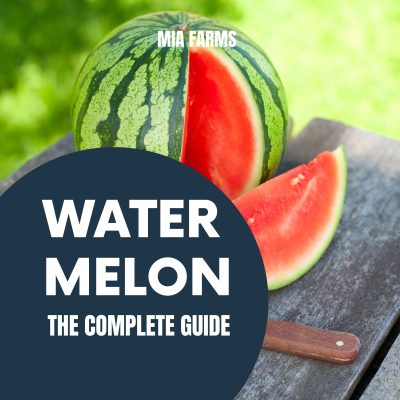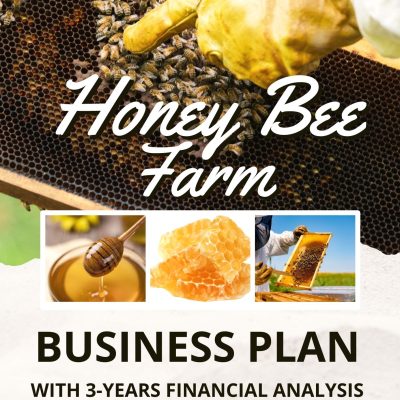The process of raising turkeys for the purpose of producing meat or eggs for food or money is known as turkey farming. Domestic birds such as turkey, chicken, guinea fowl, duck, and quail all contribute nutritionally and economically to any country.
Turkeys are kept or reared for their meat. Their meat is considered to be the leanest of any poultry species. Furthermore, they are consumed in almost every country on the planet. Turkey farming is popular in Nigeria, the United States, Canada, France, Germany, Italy, the United Kingdom, and the Netherlands.
Asides from the meat, turkeys are also one of the most feathered birds, and their feathers, fertilized eggs; even their droppings are all marketable. Frozen turkey tops the frozen foods list, and it’s readily available for purchase in frozen food stores all over the country but the availability is always undermined by the demand for it. Even though turkeys are easy to rear, they need watchful eyes as they are most times, not as strong as they look.
The day olds are normally kept in a brooder house under normal room temperature for about 5 weeks; during which they grow and mature enough to be separated. Then the birds are separated into different houses. The females grow a little bit slower than the males and are kept in one house, while the males that are fast growers are kept in another house. They may be there till their full maturity stage, which is usually 20 weeks, after which they may either be sold for money or allowed to mate and prepare them for the production of eggs
The fowls might be reared in a well-protected house that’s neither too cold nor too hot.
If they’re going to be in wire mesh poultries, the poultry should be well ventilated and protected especially from the intruders and there should be space for their feeds which could also hold their drinking water.
To learn more about turkey farming, purchase and download this guide on turkey farming.
PDF | 58 PAGES




Reviews
There are no reviews yet.